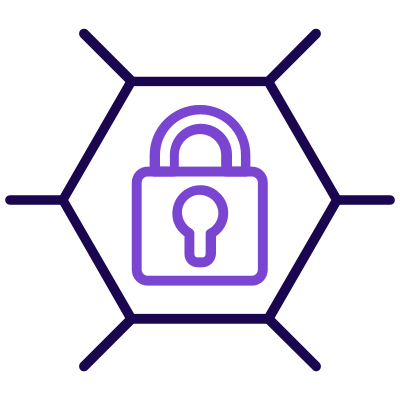Cybercriminals are getting better by the day and as the modern threats have evolved to outsmart network security, so too have the firewall solutions.
The basic function of a firewall is to monitor network security of incoming and outgoing traffic – what traffic to allow or block, based on a defined set of security rules.
So why are there so many choices?
Traditional firewalls often necessitate having to install separate IPS, Web application firewalls (WAFs), secure coding standards based on the Open Web Application Security Project’s (OWASP) top 10 vulnerabilities, strong encryption at the Web layer (SSL/TLS), and antivirus and malware prevention.
Deploying, managing and monitoring this amount of network security products to mitigate multiple attack options is challenging, to say the least. This diverse array of security products can also compromise each other’s functionality at the expense of broadband resource usage, response times, monitoring and maintenance requirements.
Enter Next Generation Firewalls
A NGFW provides a single-vendor product with a common management process that includes multiple security services. A clear advantage over acquiring a variety of network security technologies with no need to maintain disparate security products and figuring out how they all work together.
It is therefore a more cost-effective and pragmatic approach to overall network security. Two or more firewall vendor relationships can potentially mean lesser discounts and higher contract administration overheads.
The additional procurement cost and management expense that are required for multiple firewalls will decrease available budget for other network security technologies.
Your optimal NGFW functionality includes:
1. An umbrella solution
- IPS (Intrusion Prevention System)
- Antivirus/malware prevention
- Application control
- Deep packet inspection and stateful firewalls (the former inspects incoming packets, the latter, outgoing)
- Encryption
- Compression
- QoS (Quality of Service)
One challenge NGFWs need to overcome is the reluctance many businesses have of relying on a single point of failure for network security.
Many customers also purchase NGFWs which do not fulfill their long-term growth which leads to poor performance or outages. It is therefore important to ensure the future growth and requirements are considered.
2. Adaptable application
The NGFW application is scalable so that features can be modularised and activated based on need, risk and future growth of your business. Apart from network size and footprint, larger businesses must consider users and deployment needs. The attack scope has increased significantly, and consideration must expand to the mobile workforce, the data centre, public and private clouds and the Internet of Things (IoT).
3. Pain-free management
A management interface provides a consolidated, clean and easy-to-read dashboard:
- feature activations
- ruleset definitions
- configuration analysis
- vulnerability assessments
- activity reports and alerts
Enhalo’s NGFW solution
Enhalo’s technology partner, Fortinet, has been named a “Leader” in the Gartner MQ for Enterprise Network Firewalls 2017.
FortiOS provides 360-degree visibility into network traffic – one click shows traffic by application, threat, device, country and more.
With a purpose-built, integrated architecture, backed up by third-party tests and certifications, Fortinet Enterprise Firewall solutions will increase your security effectiveness without compromising performance.
For now, Next-Generation Firewall protection is a must as the battle for firewalls continue with cybercriminals’ consistent onslaught to get past them… soon enough we’ll move on to “Alpha-Generation Firewalls”!
For immediate, responsive and intelligent defense against malware and emerging threats, contact us today to deploy your NGFW solution.







